With its special historical, cultural and artistic values, Gau Tao Festival is recognized by the Ministry of Culture, Sports and Tourism as a National Intangible Cultural Heritage.
“Gầu Tào” in the Hmong language means “outdoor play” or “hill play festival”. Depending on the Hmong region, the festival is held on different days of January to thank the gods, ask heaven and earth to give children, health, luck in business and pray for favorable weather and good crops.
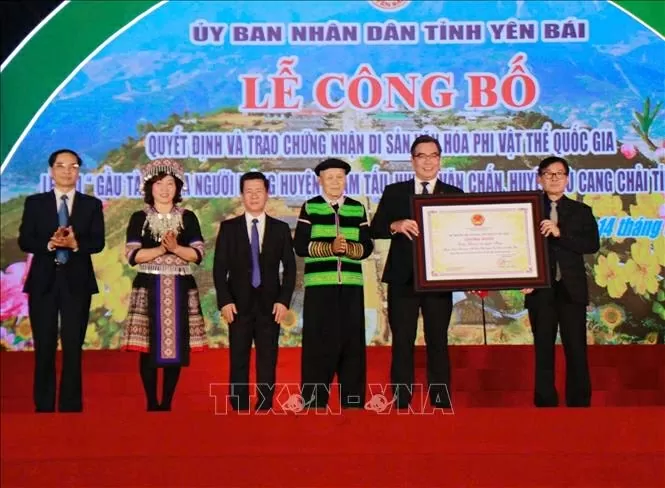 |
| Mr. Nong Quoc Thanh - Deputy Director of the Department of Cultural Heritage, Ministry of Culture, Sports and Tourism awarded the Certificate of National Intangible Cultural Heritage to Director of the Department of Culture, Sports and Tourism of Yen Bai province Nong Viet Yen and representatives of the heritage owner community of the three districts of Tram Tau, Mu Cang Chai and Van Chan. |
According to Mong folklore, in the past, if a couple had been married for many years without having children, and wanted to have the child they wanted, the husband would go to a hill to pray to the hill god or mountain god to bless the family with the child they wanted and promise to thank them.
When they have the child they desire, the family will hold a ceremony to thank the mountain god, the hill god as promised and slaughter a buffalo to treat the villagers right on the flat ground of the hill, the mountain where the family prayed for a child. After everyone eats and drinks together, they will play games, sing folk songs, dance with the panpipe, umbrella, and stick to celebrate the homeowner. The origin of the Gau Tao Festival also begins from there.
In the jubilant atmosphere of the first days of Spring At Ty, on February 15, Tram Tau district organized the Gau Tao Festival 2025, including the ceremony and the festival.
During the ceremony, the pole is the main symbol, the "soul" of traditional religious activities and the most special and noticeable ritual of the festival.
Before cutting the pole, artisan Giang A Su chooses the day and time to cut it. He must not let the pole touch the ground, but must lower it slowly and assign people to take turns carrying it to the stadium to set it up. The pole is set up facing the sunrise and it is a staircase that helps the Mong people bring the homeowner's prayers to the gods in the sky.
When the pole is erected, a small wooden table is placed at the base of the tree for offerings. The offerings include paper, a bowl of rice, a bowl of water, a gourd of wine, 8 bamboo cups divided equally and placed at the 4 corners of the table, and a long bamboo tube used to hold wine; especially the indispensable offering is a rooster.
After the ceremony comes the festival, this is the time for people and tourists to have fun and entertain, organize exciting sports activities and games such as: Rice cake pounding competition, spinning top, tug of war, stick pushing, chicken badminton, pao throwing along with many cultural and artistic activities such as panpipe dancing, flute playing, two-stringed fiddle playing, duet singing, love songs, mouth harp, leaf trumpet taking place enthusiastically.
This is an opportunity for people to meet, exchange, have fun, sing love songs and dance together, and invite each other to have a drink at the beginning of the new year.
The festival ends with the ceremony of giving thanks and lowering the pole. When the pole is lowered towards the setting sun, it goes out into the river, the sea with the belief of preventing bad luck and bad things for the people, helping the people in the new year to have favorable weather, good production, good health, a prosperous life, happiness and peace.
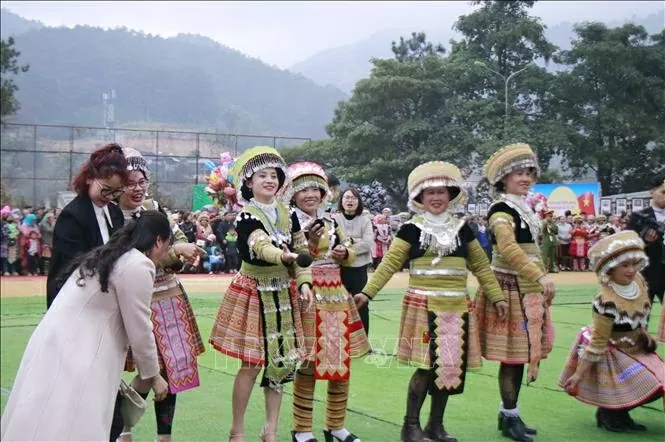 |
| Hmong girls are radiant in traditional costumes going to the festival. |
In the coming time, Tram Tau district commits to continue implementing practical activities to promote and practice heritage through promoting the Gau Tao Festival in association with developing community cultural tourism ; continue to support and create conditions for Mong people to maintain the organization, teach the festival, and preserve traditional rituals.
| Tram Tau is a western district of Yen Bai province, where the unique cultural features of 12 ethnic groups converge. Of which, the Mong ethnic group accounts for over 79%, living in 10 highland communes with traditional cultural heritages, imbued with profound humanistic values. |
Source: https://baoquocte.vn/gau-tao-le-hoi-dac-sac-cua-dong-bao-mong-304522.html




![[Photo] General Secretary To Lam presents the First Class Labor Medal to the Vietnam National Energy and Industry Group](https://vphoto.vietnam.vn/thumb/1200x675/vietnam/resource/IMAGE/2025/9/21/0ad2d50e1c274a55a3736500c5f262e5)


![[Photo] General Secretary To Lam attends the 50th anniversary of the founding of the Vietnam National Industry and Energy Group](https://vphoto.vietnam.vn/thumb/1200x675/vietnam/resource/IMAGE/2025/9/21/bb0920727d8f437887016d196b350dbf)


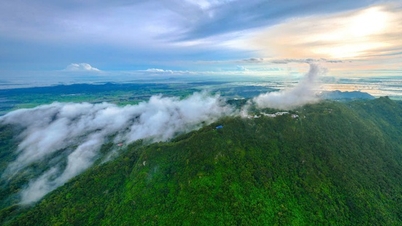

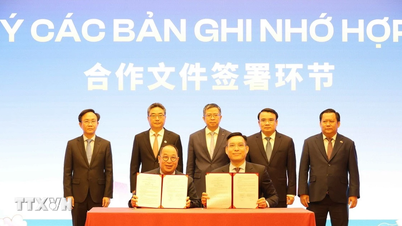


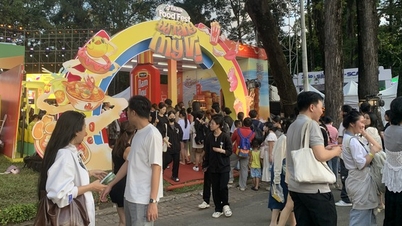
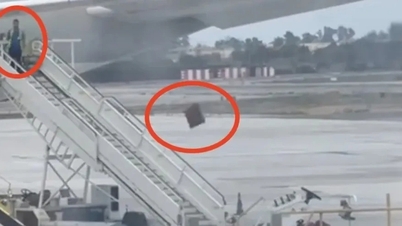


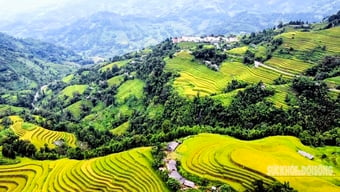
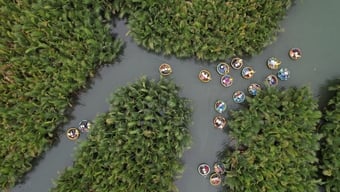


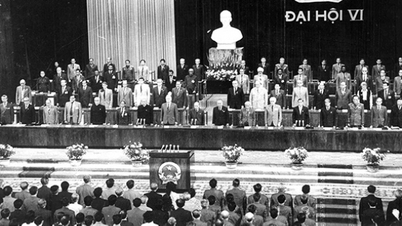

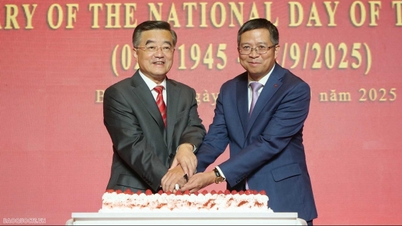


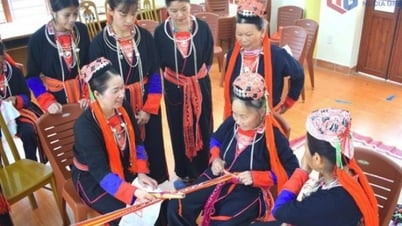





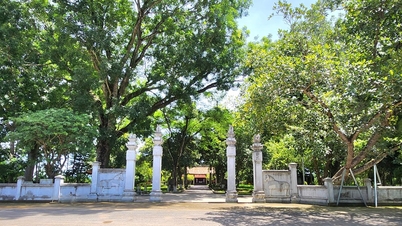




















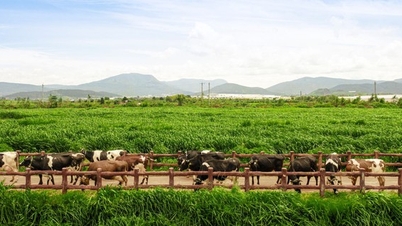






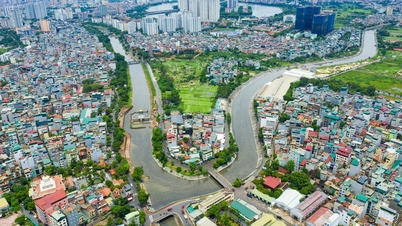

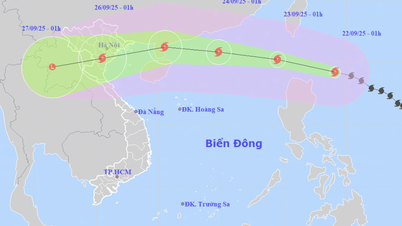
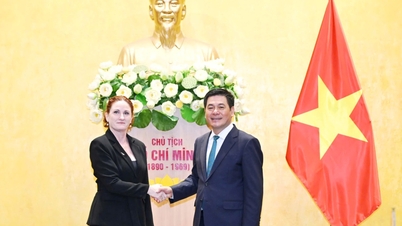

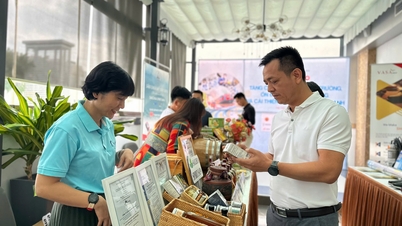
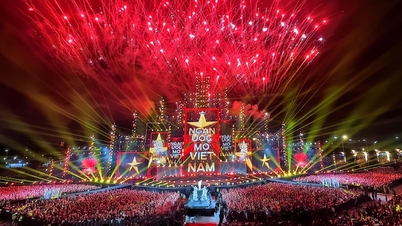








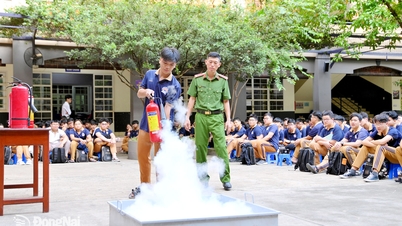

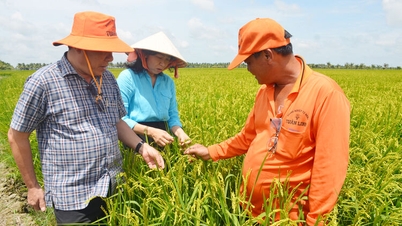















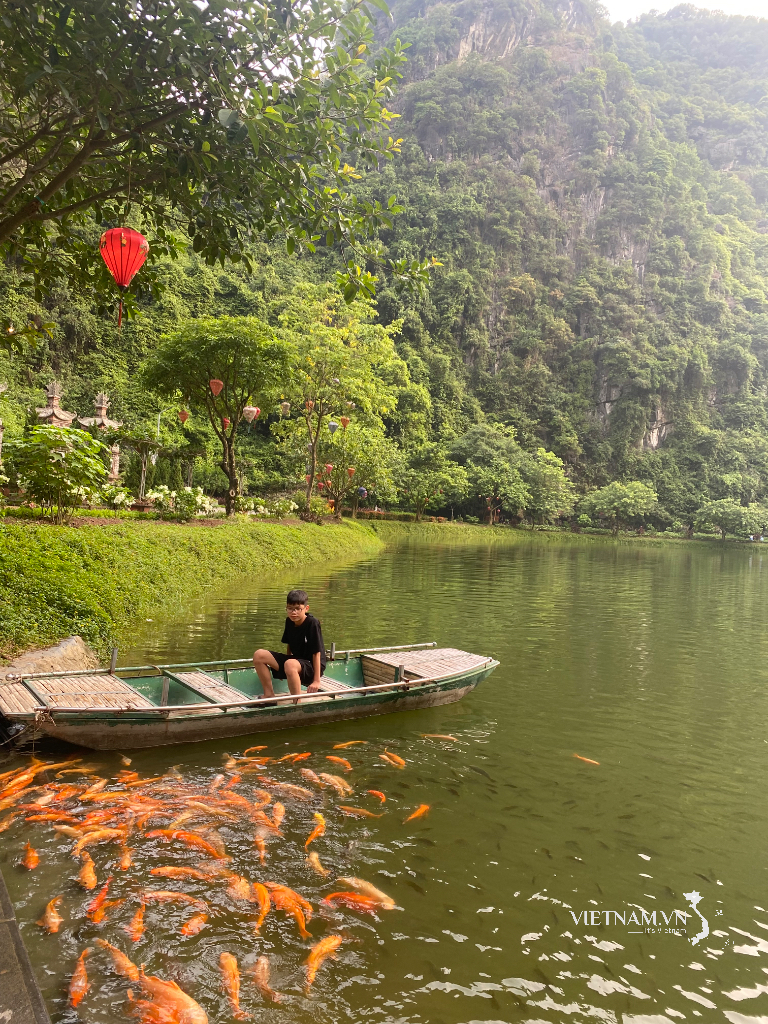


Comment (0)